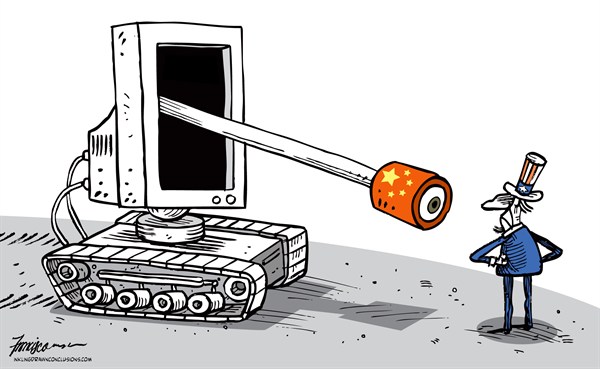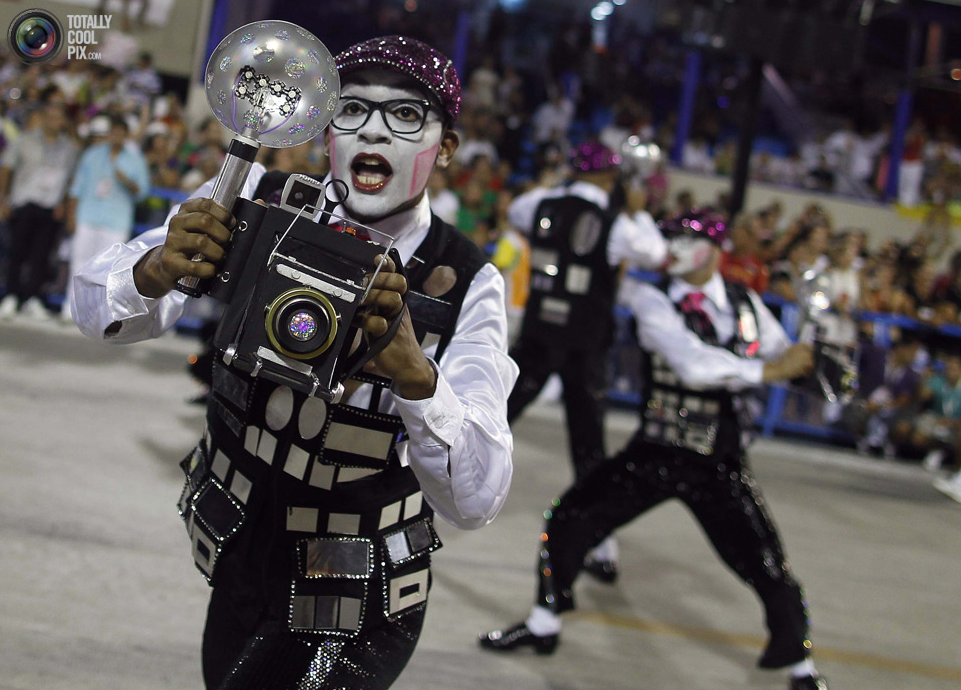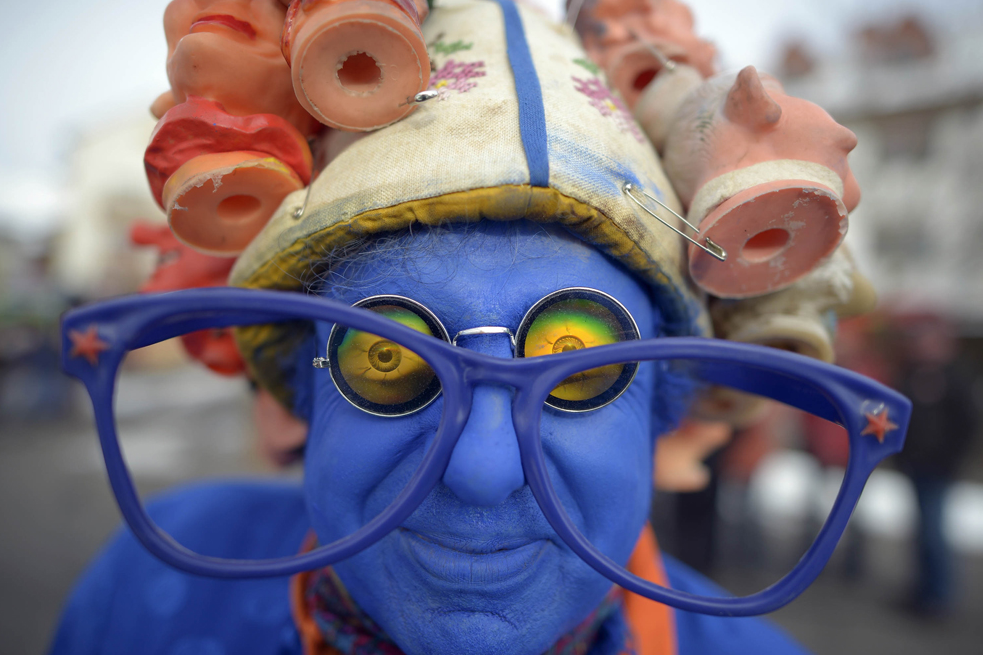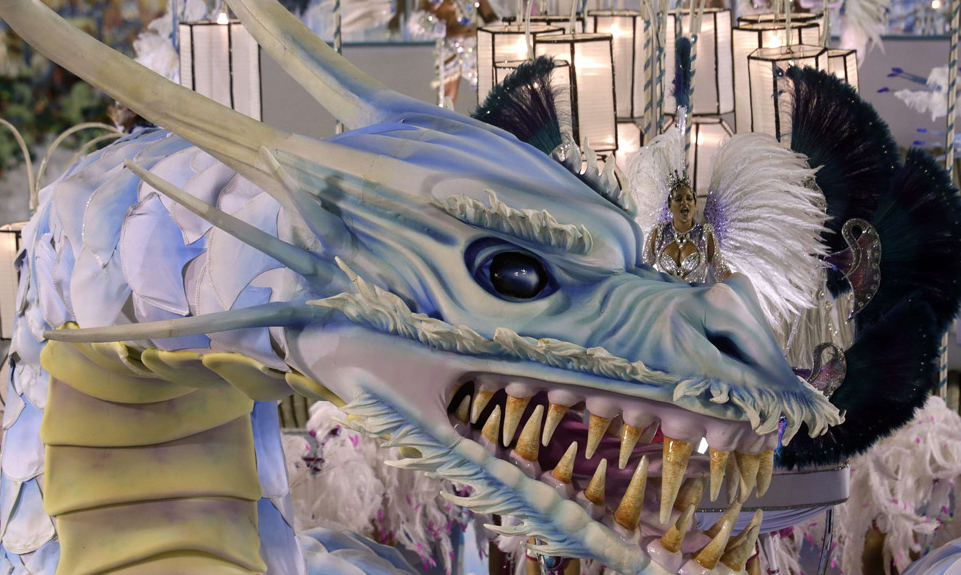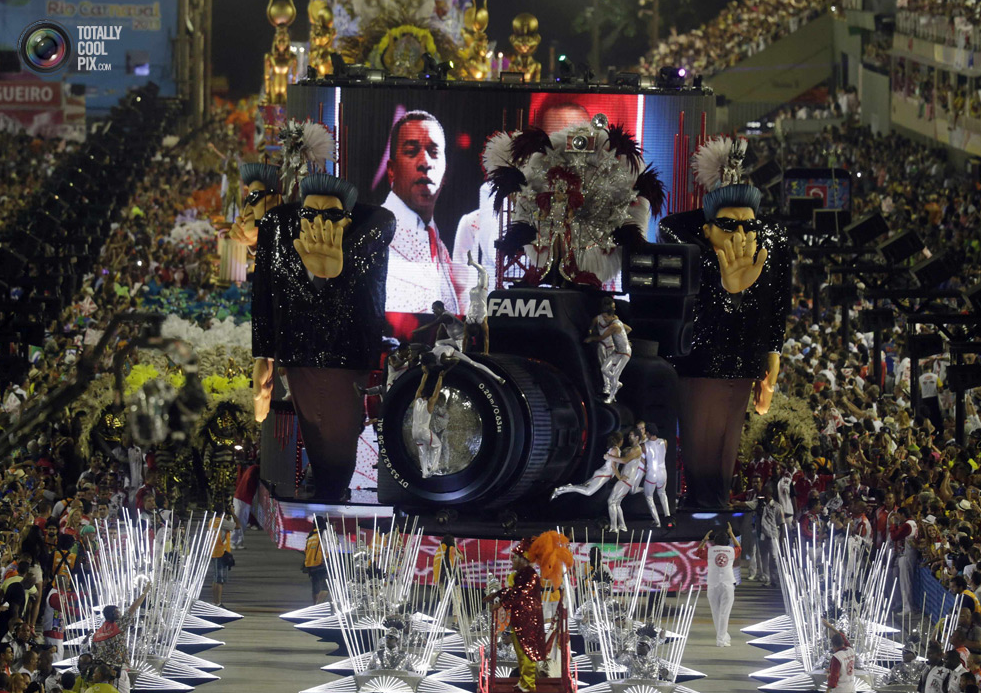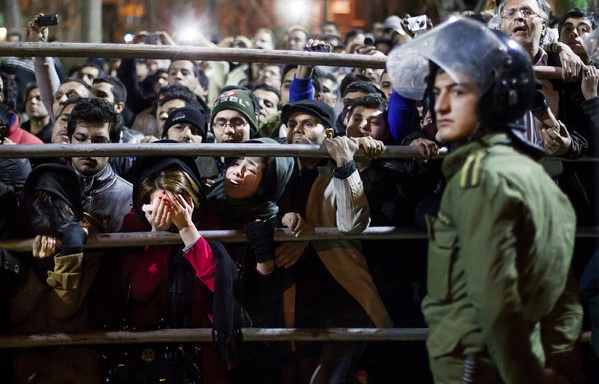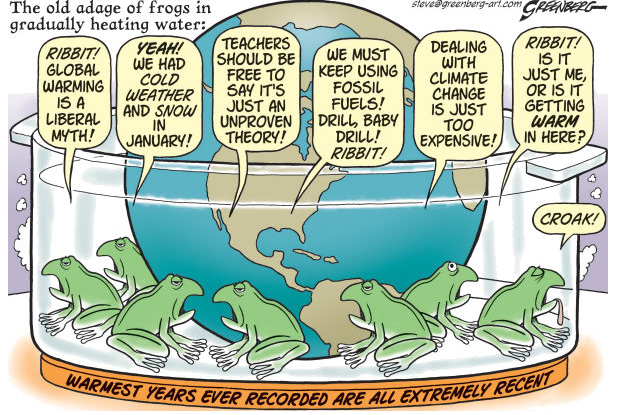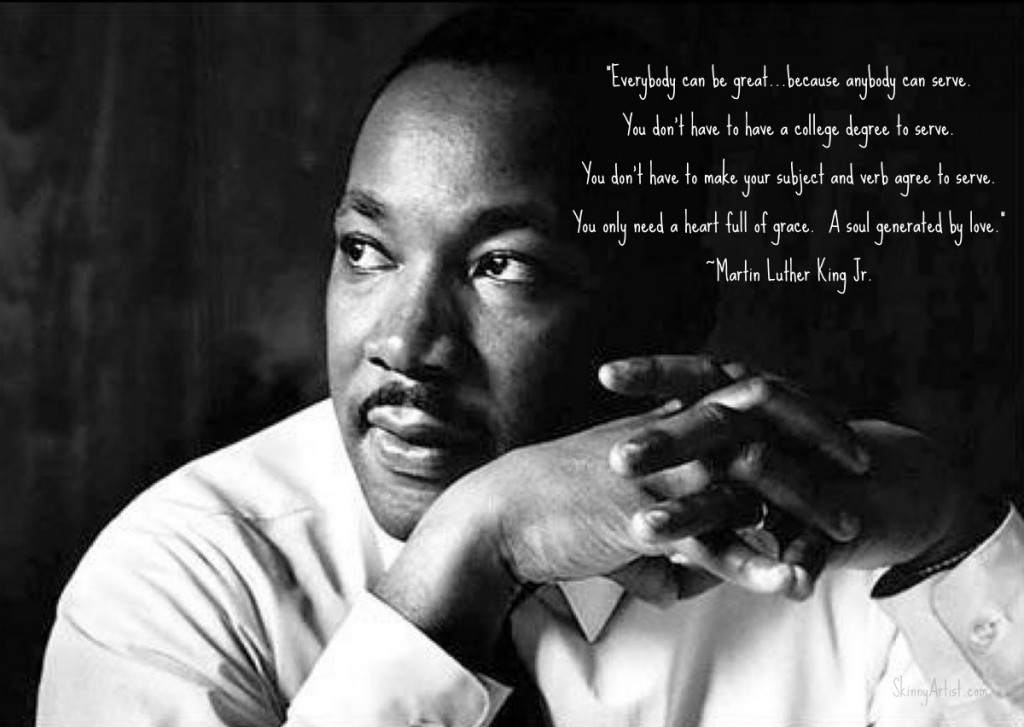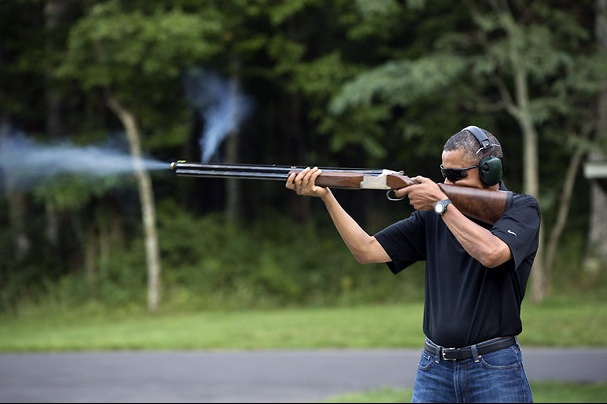
You have no doubt seen the above photograph in the past couple of days as it has been making the rounds, featured, well, just about everywhere on the internet, as well as places like The Daily Show and the Sunday morning news programs. Yesterday it appeared on the front page of the New York Times, centered and below the fold, although the story about it was buried on p. 22. The photograph, it seems, was much more important than the story that went along with it.
I find it a troubling image, but before I get to that I should make a confession: Although I am a strong advocate for strict gun controls laws, I too once purchased and shot a gun. Some years ago I had a woodpecker roosting in a nest it had created inside one of the side walls of my house. Woodpeckers are (or at least then were) endangered species and so one could do nothing about this that would actually endanger the life of my feathered friend. On the advice of an exterminator I sheepishly and with no small amount of embarrassment went to the local K-Mart and purchased a BB gun pistol with the idea of trying to scare the bird. The logic was that a BB gun pistol did not have enough force to hurt the bird from the distance I would be shooting, but if I could ping it once or twice in the butt it would move away. In retrospect the arrogance of thinking that I could hit anything with this weapon is, well, truly stunning. And my friend Woody figured that out pretty quickly too, as he sat there and actually mocked me—and my manhood— as I shot away at it. After a day of this I decided that peaceful coexistence was the better policy, but then out of nowhere an owl perched in a tree in my backyard. Owls are natural predators of woodpeckers and Woody took his leave. Sitting on my deck and watching the owl swoop through the trees in the early evening hours gave a whole new meaning to Hegel’s invocation that “the owl of Minerva spreads its wings only with the falling of the dusk.” But I digress.
The controversy that has flourished around this photograph concerns whether or not President Obama really does hunt skeet at Camp David or not. And if not, so the logic goes, it would seem to be a somewhat disingenuous performance posed for the camera and simply for the purpose of creating political identifications and promoting his own agenda. I find this a somewhat odd argument because one of the things that politicians (of all stripes) do is to perform their jobs for the purpose of creating political identifications and promoting their own agendas. In its way, such photos are not much different than pictures of politicians cooking meals in country diners or kissing babies. It is worth calling attention to the convention, but making a major issue out of it seems to be more trouble than it is worth—or at least an unwarranted distraction—particularly given the gravity of the debate over the mayhem created by the usage of guns in the United States.
But that said, I do find it a troubling image. And the reason is that it is a visual symptom of the troubling love affair we have with guns in the United States. Guns are weapons designed to destroy life—an irony given their phallic symbolism. And but for their original and primary purpose we would not have them. It really is as simple as that. That we rebrand them for the purposes of “target shooting,” whether as the manly weapon the President wields or the child’s BB gun that I purchased with the idea that it wouldn’t hurt anything, is a marker of how easily and willing we are to accept and mask their fundamental purpose. Whether the picture above was posed for political purposes or not is really besides the point, what should trouble us is the assumption that the image it displays really does create lines of identification with very many Americans by naturalizing and valorizing a tool created for the purpose of maiming and killing.
We may live in a world where such weapons are as necessary as some allege, and our Constitution guarantees at least some rights to “bear” them under qualified conditions. But I would hope that we never lose sight of how regrettable the former condition is if it is in fact true, or how truly profound our obligations are to securing the later.
Photo Credit: Peter Souza/White House
0 Comments
